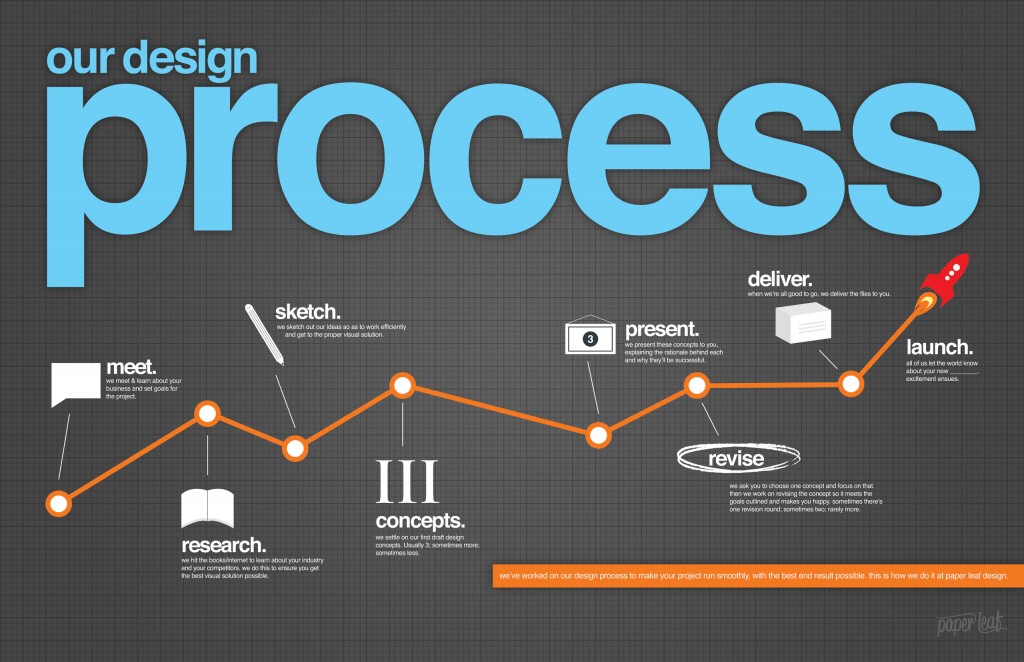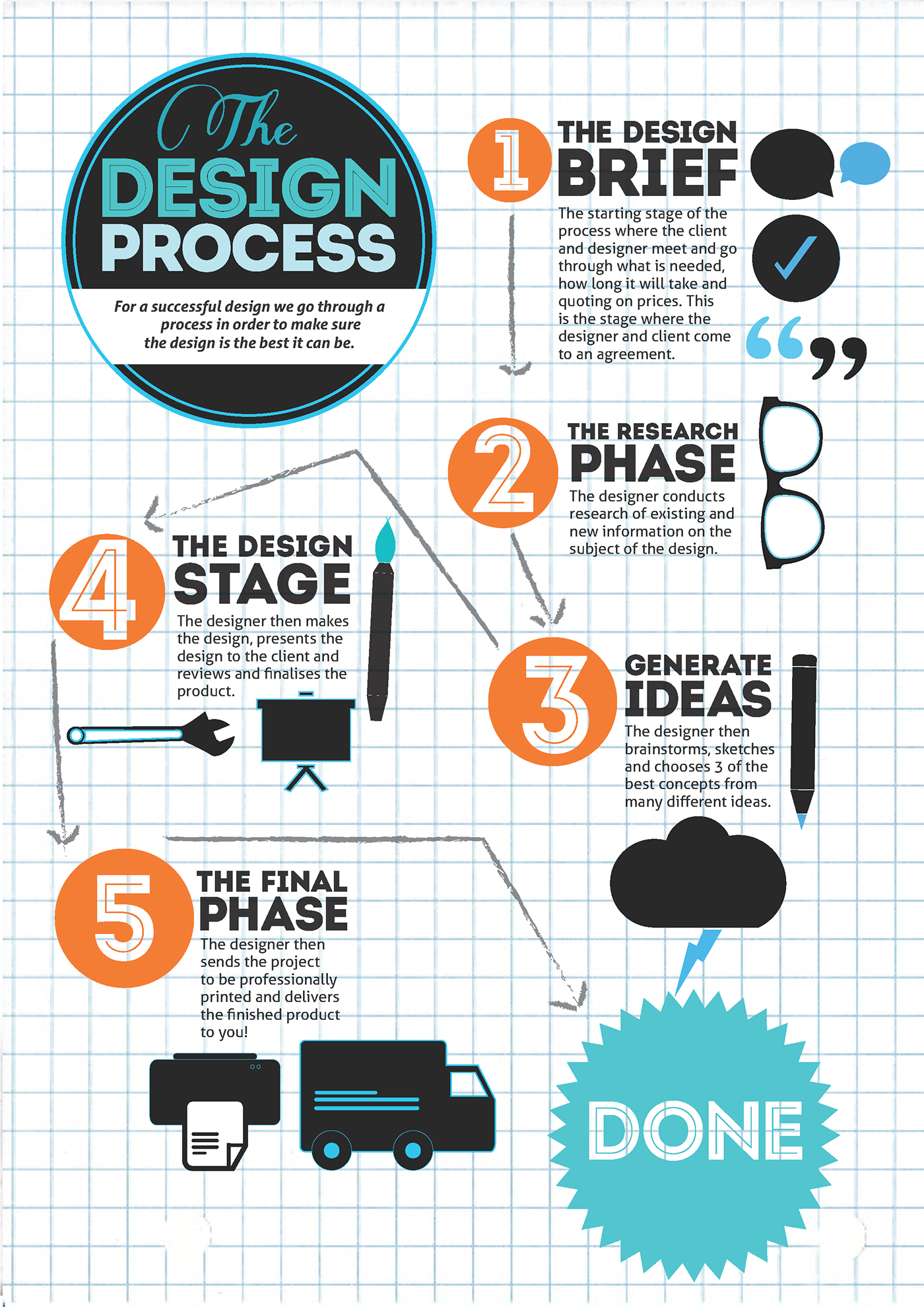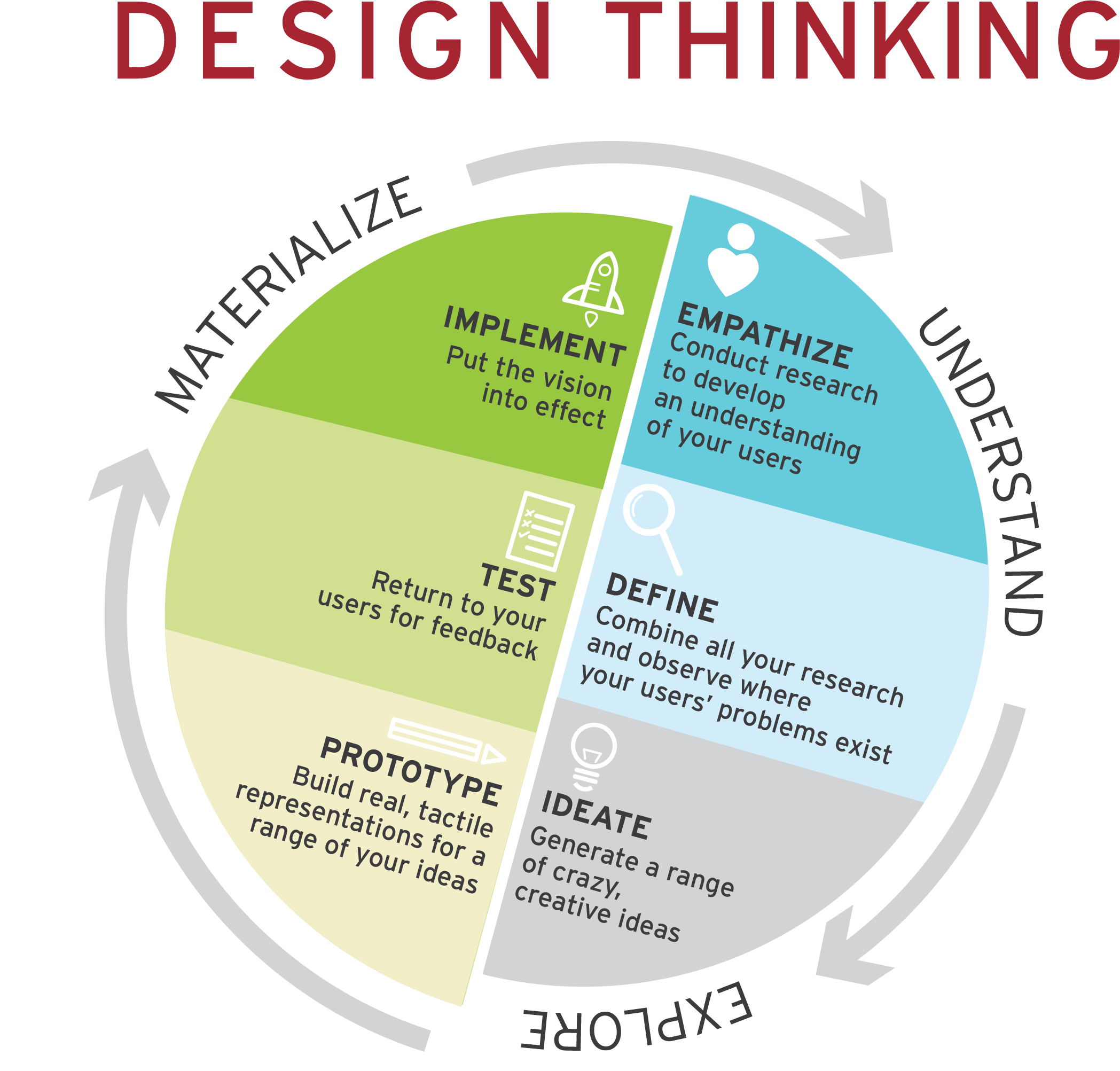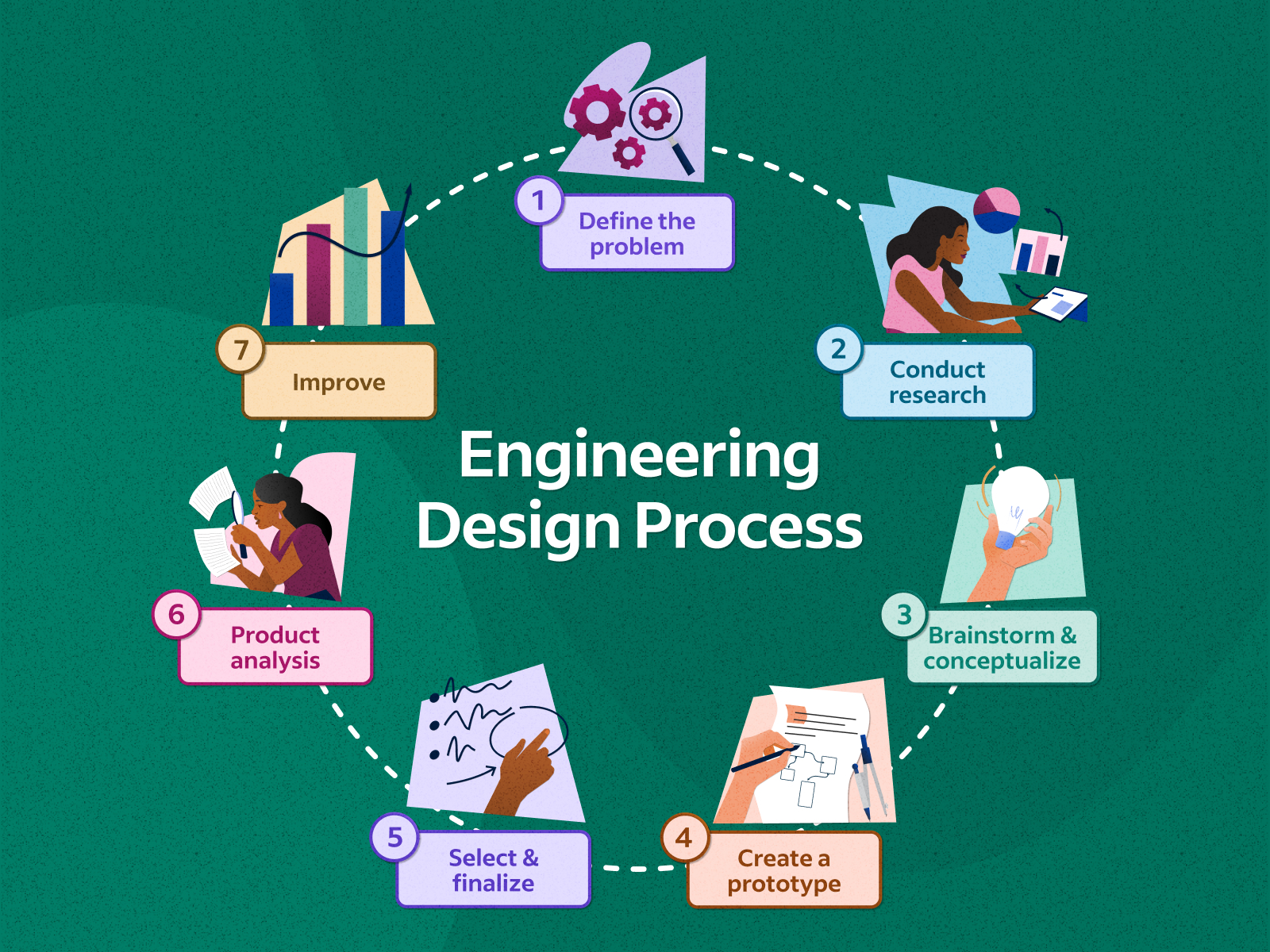Table Of Content

If we standardize the language, it will be easier for new designers to identify expectations. We can use these elements to better set timelines and to focus conversations to specific components. Moreover, it can help diagnose weaknesses of any existing product in a way that the feedback can be constructive and clear. We agree that no one can actually nor should formally define a design process.
Define
What Is Data Modeling? Definition from TechTarget - TechTarget
What Is Data Modeling? Definition from TechTarget.
Posted: Mon, 28 Feb 2022 22:00:08 GMT [source]
That means that design thinking is not only for designers but also for creative employees, freelancers, and business leaders. This aspect is crucial in understanding the users’ needs, desires, and experiences to ensure that designs resonate on a deeper, more personal level. The team aims to understand the problem, typically through user research. Empathy is crucial to design thinking because it allows designers to set aside your assumptions about the world and gain insight into users and their needs. However if you do follow the process, you’ll find that when you reach the more creative steps, you’ll have better ideas and you’ll waste less time digging through bad concepts. You’ll also find that you have ideas more consistently and can better estimate how long projects will take you to complete.
The 5 Stages in the Design Thinking Process

Based on what you learn through user testing, you’ll go back and make improvements. TWI can help you with a range of engineering activities, including product and process development, technology acquisition, manufacturing and production, design, prototyping and other technical support. Once testing has been completed, the design can be revised and improved.
What Is the Design Thinking Process? The 5 Steps Complete Guide
Learning the essentials of UX will help you to understand better how Design Thinking fits into the development of real-world products and solutions. Our one-month course in UX Fundamentals provides a comprehensive introduction to Design Thinking and shows you how to apply the first stage of the Design Thinking process to a real-world problem. While we’ve covered some of the skills and behaviors you need to successfully run design thinking exercises, having the right tools can help a lot, too. A collaborative platform helps teams communicate, share ideas, and turn those ideas into solutions together. In think aloud testing, users test out a product or prototype and talk through the relevant tasks as they complete them. You can use this template to record the feedback, insights, and experiences of your testers, and identify the success and failure points in your proposed solution.
This how-to article aims at providing designers, creative thinkers or even project managers with a tool to set up…
These initiatives demonstrate how Design Thinking can be used to tackle complex social issues and drive positive change. The UX process ensures we’re building products that people actually want to use. It gives the whole team a clear vision for the product and it ensures that the end users’ needs are being considered every step of the way. Design thinking can be applied to almost any project to tackle a problem.
This iterative approach enables designers to continuously improve and innovate, ultimately leading to more effective, user-centered solutions. IBM has integrated Design Thinking into its approach to developing enterprise software and solutions. IBM Design Thinking emphasizes collaboration, rapid prototyping, and user feedback to create innovative solutions that address the needs of businesses and users. By applying Design Thinking principles, IBM has transformed its approach to software development and created more user-centric products and services. It originated in the field of design but has since been adopted by various industries and disciplines as a powerful methodology for addressing complex challenges and driving innovation. Design thinking is an iterative process where teams seek to understand user needs, challenge assumptions, define complex problems to solve, and develop innovative solutions to prototype and test.
What is design thinking?
Students play the role of biomedical engineers in this activity and create a device that helps visualize heartbeats. Students are challenged to find a way to get school t-shirts up into the stands during sporting events. They work with a real client (if possible, such as a cheerleading squad, booster club or band) to determine the requirements and constraints that would make the project a success, including a budg... Student teams design their own booms (bridges) and engage in a friendly competition with other teams to test their designs. Each team strives to design a boom that is light, can hold a certain amount of weight, and is affordable to build. Students learn how engineering design is applied to solve healthcare problems by using an engineering tool called simulation.
Tools and Techniques for Effective Designing
These camps are comprehensive educational programs that help people understand the concept of design thinking and how it specifically works at IBM. You’ll get the best outcomes if you bring insights, perspectives, and expertise from multiple stakeholders. That includes at the Prototype and Test stages, as everyone will have ideas to contribute to help you bring solutions to life. It focuses on understanding a user's needs, behaviors, and motivations, to help you develop empathy for their problems. Then, it encourages experimentation and iteration to help you effectively design solutions to meet those needs. Here are some specific skills to help your design thinking process run smoothly.
Education By Design: Challenging the Traditional Definition of a Learning Space NEA - National Education Association
Education By Design: Challenging the Traditional Definition of a Learning Space NEA.
Posted: Tue, 21 Feb 2017 08:00:00 GMT [source]
They research how to build and test their trebuchets, evaluate their results, and present their results and design process to the class. Acting as biomedical engineers, students design, build, test and redesign prototype heart valves using materials such as waterproof tape, plastic tubing, flexible plastic and foam sheets, clay, wire and pipe cleaners. They test them with flowing water, representing blood moving through the heart. Students learn about how biomedical engineers create assistive devices for persons with fine motor skill disabilities.
Try our platform for free and bring your creative concepts to completion with optimal efficiency. Additionally, seeking inspiration from diverse sources such as art, nature, or other design disciplines can help designers broaden their creative horizons. Exploring different artistic styles, observing the beauty of nature, or studying designs from other fields can provide fresh perspectives and ignite new ideas. For a print design, designers may carefully review the typography, spacing, and color choices for the purposes of readability and visual harmony. They may also collaborate with printers or production teams so that the final output meets the desired specifications. Personas help us to sum up an understanding of a user and create a representation of it.
For example, a common problem among your target audience might be that they struggle to stay on top of their monthly budget. As we’ve seen, the Design Thinking process can be applied to all areas of business. It’s a tool that can be used by anyone in any department to foster innovation and find creative solutions to complex problems. Whether you’re a designer, a teacher, or a CEO, the Design Thinking process will transform the way you think, collaborate, and come up with ideas.














